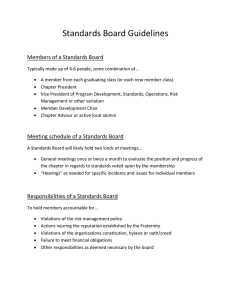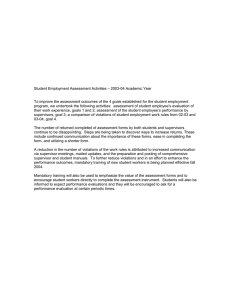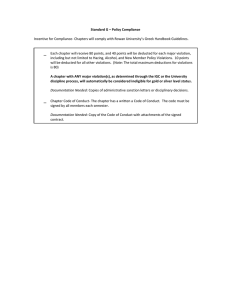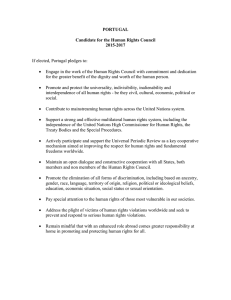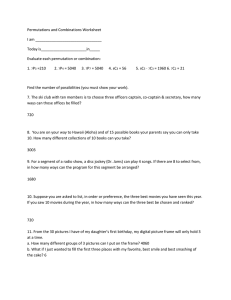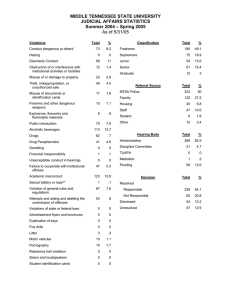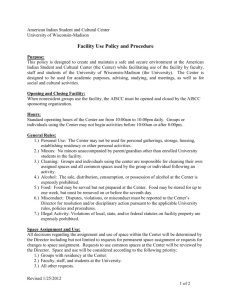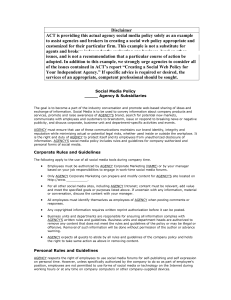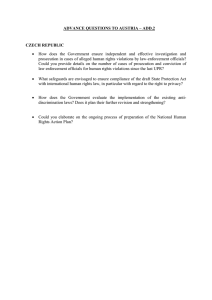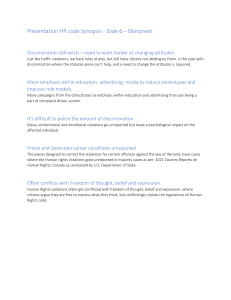Based on the Federal Sentencing Guidelines
advertisement
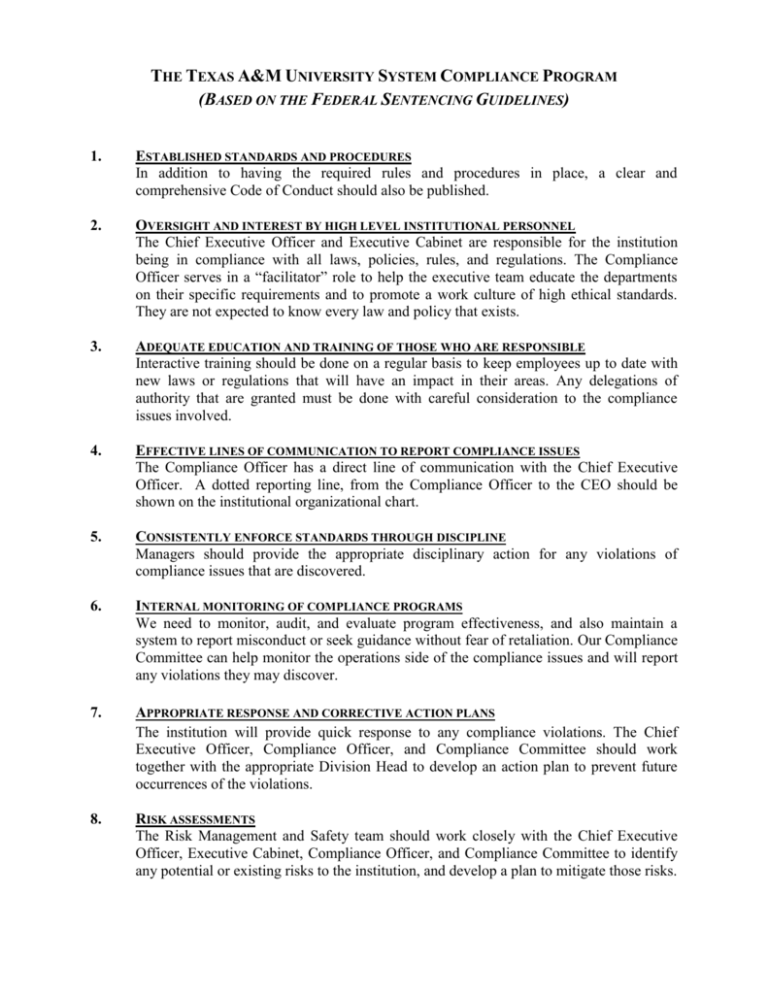
THE TEXAS A&M UNIVERSITY SYSTEM COMPLIANCE PROGRAM (BASED ON THE FEDERAL SENTENCING GUIDELINES) 1. ESTABLISHED STANDARDS AND PROCEDURES In addition to having the required rules and procedures in place, a clear and comprehensive Code of Conduct should also be published. 2. OVERSIGHT AND INTEREST BY HIGH LEVEL INSTITUTIONAL PERSONNEL The Chief Executive Officer and Executive Cabinet are responsible for the institution being in compliance with all laws, policies, rules, and regulations. The Compliance Officer serves in a “facilitator” role to help the executive team educate the departments on their specific requirements and to promote a work culture of high ethical standards. They are not expected to know every law and policy that exists. 3. ADEQUATE EDUCATION AND TRAINING OF THOSE WHO ARE RESPONSIBLE Interactive training should be done on a regular basis to keep employees up to date with new laws or regulations that will have an impact in their areas. Any delegations of authority that are granted must be done with careful consideration to the compliance issues involved. 4. EFFECTIVE LINES OF COMMUNICATION TO REPORT COMPLIANCE ISSUES The Compliance Officer has a direct line of communication with the Chief Executive Officer. A dotted reporting line, from the Compliance Officer to the CEO should be shown on the institutional organizational chart. 5. CONSISTENTLY ENFORCE STANDARDS THROUGH DISCIPLINE Managers should provide the appropriate disciplinary action for any violations of compliance issues that are discovered. 6. INTERNAL MONITORING OF COMPLIANCE PROGRAMS We need to monitor, audit, and evaluate program effectiveness, and also maintain a system to report misconduct or seek guidance without fear of retaliation. Our Compliance Committee can help monitor the operations side of the compliance issues and will report any violations they may discover. 7. APPROPRIATE RESPONSE AND CORRECTIVE ACTION PLANS The institution will provide quick response to any compliance violations. The Chief Executive Officer, Compliance Officer, and Compliance Committee should work together with the appropriate Division Head to develop an action plan to prevent future occurrences of the violations. 8. RISK ASSESSMENTS The Risk Management and Safety team should work closely with the Chief Executive Officer, Executive Cabinet, Compliance Officer, and Compliance Committee to identify any potential or existing risks to the institution, and develop a plan to mitigate those risks.
